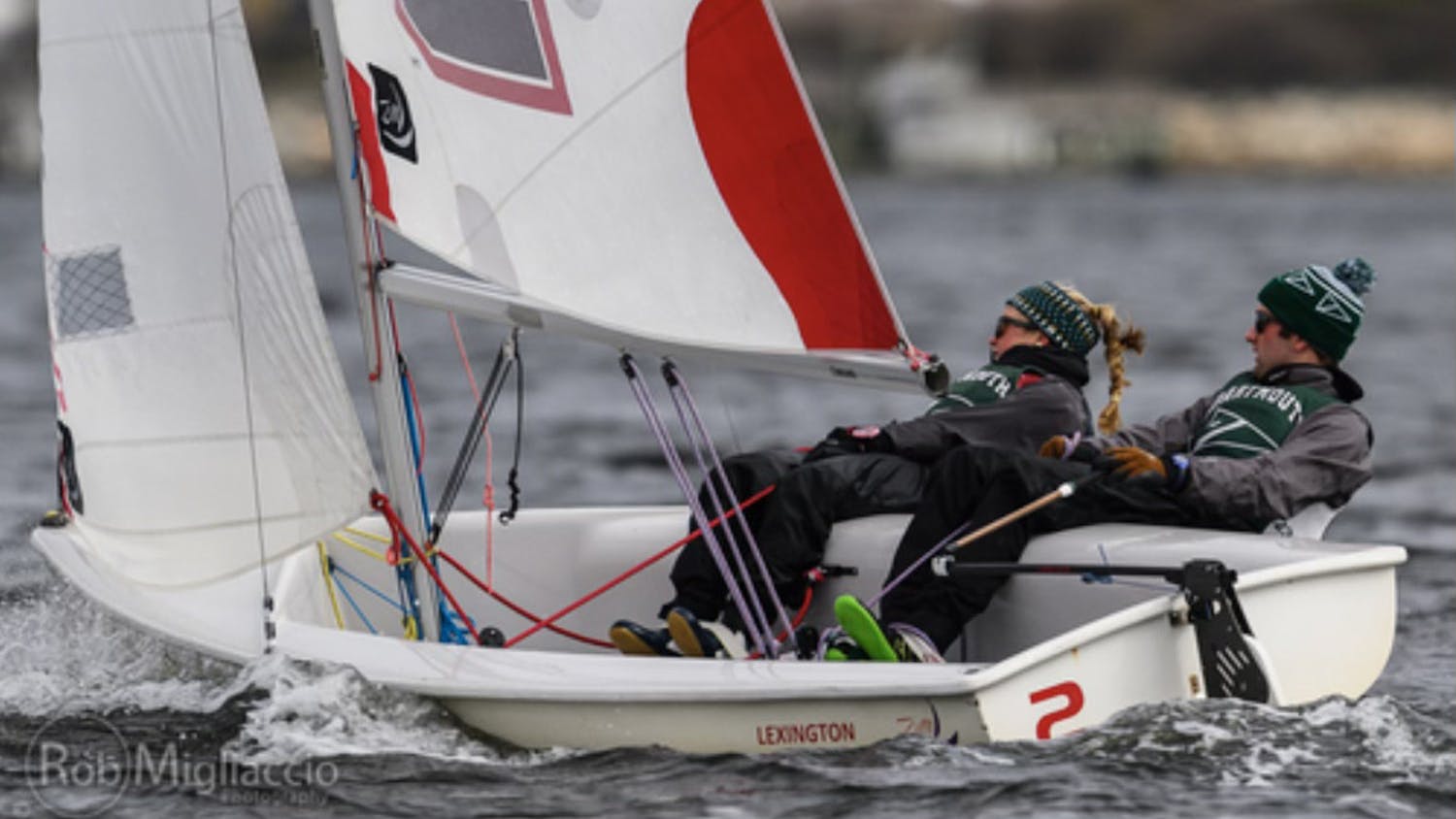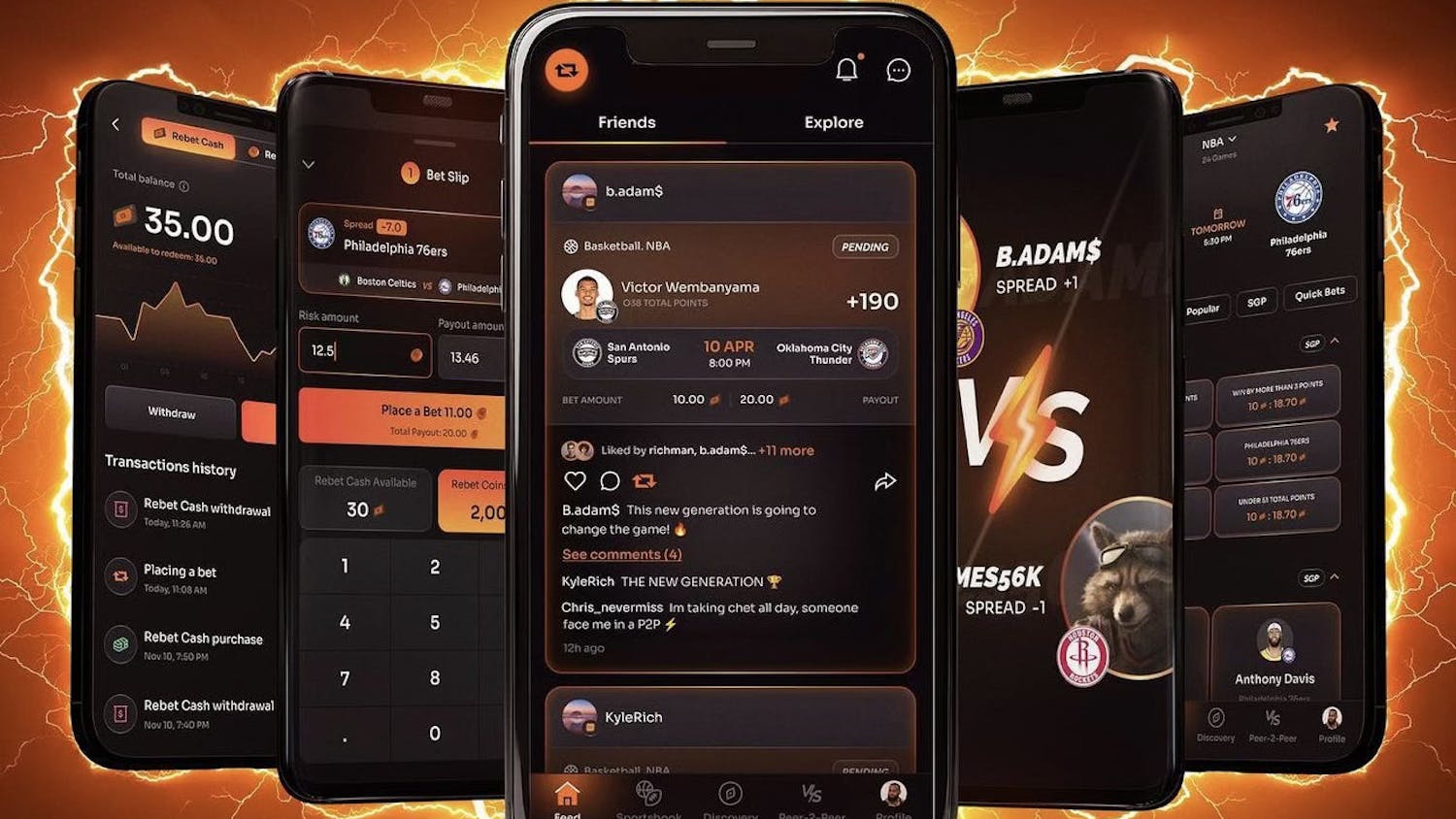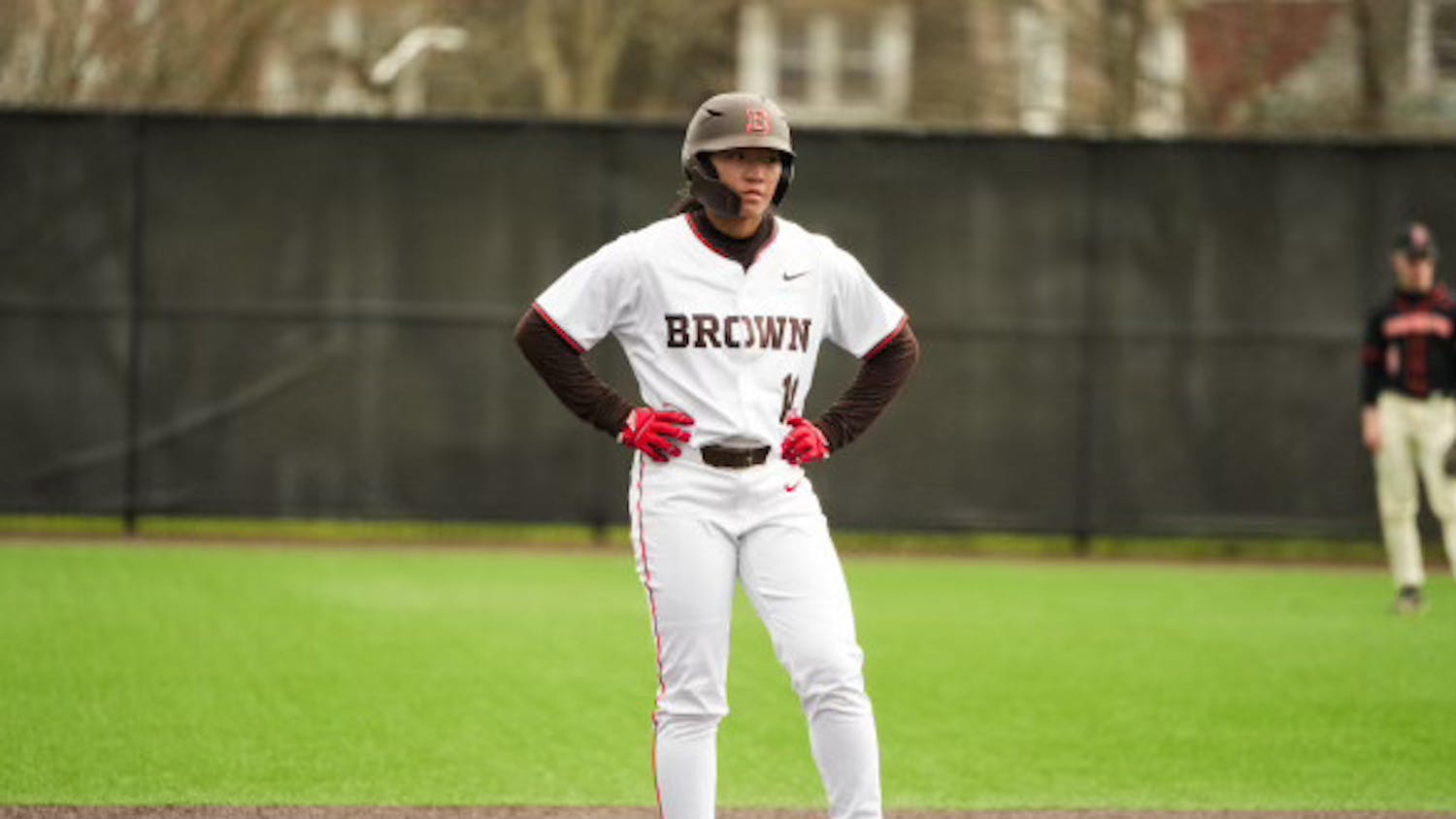As many Dartmouth students departed New Hampshire for a long, leisurely winter break, a couple of Big Green sports teams headed to warmer destinations for intensive training trips. Dartmouth’s swimming and diving teams spent two weeks in Hawaii, and the crew teams spent eight days in DeLand, Florida.
Departing from Logan International Airport on Dec. 13, the swimming and diving teams travelled 26 hours to reach their tropical destination. Shortly after the long trip, the team dove into its training routine.
“We would wake up around 5:30,” men’s captain Konrad von Moltke ’15 said, “We were staying at the University of Hawaii [at Manoa,] so we would walk from the dorms to the pool and do a two hour swim workout from 6 to 8.”
Afterwards, under the guidance of trainer Minor Bowens, the team would hit the weight room from 8 a.m. to 9 a.m., followed by breakfast at the university’s dining hall. The intense morning sessions were rewarded with a break after breakfast, allowing the swimming and diving teams to explore all that Hawaii had to offer.
“Our next practice wouldn’t be until the afternoon,” women’s captain Siobhan Hengemuhle ’15 said. “So the day would be yours.”
The team-building components of the trip served as an enjoyable relief from practice and a unique opportunity for the athletes to get to know each other away from Hanover or a swimming pool. Waikiki Beach was a popular spot to play football or tan, and many other days were spent exploring Hawaii’s gorgeous scenery. The team’s 18s updated “Aloha State of Mind,” a blog dedicated to recording the adventures the team had while in Hawaii, with posts like “Nap time is my time” and “Just another day in paradise.”
“We were given vans — little minivans — to take for transportation for the two weeks we were there in Hawaii,” von Moltke said, “And so some people would go to the beaches, some people would nap in their rooms. I went on a bunch of nature hikes.”
After the mid-day break, the swimming and diving teams would reconvene at the pool around 4 p.m. for the second two-hour daily practice session. Hawaii provided a haven of beautiful weather and exploration, but it also provided a secluded place for the team to train, Hengemuhle said.
“I’d say the biggest benefit is the amount of time you’re able to spend in the pool,” Hengemuhle said. “And the rules aren’t limiting over break so you can spend an enormous amount of time in the pool.”
While the swimming and diving training trip leads directly into the regular season, the crew training trip provides the teams with their final chance on the water before winter, when the rowers are primarily restricted to the weight room and countless hours of erging.
The training trip also provided first-year men’s heavyweight coach Wyatt Allen with a chance to monitor the improvement of the rowers over the fall term and to spend time with the juniors who were off in the fall, Nevin Cunningham ’17 said.
“One of the most effective parts of the Florida trips was that it gave coach the chance to learn more about us, especially since its his first year,” Cunningham said.
Due to the shorter duration of crew trip in comparison to the swimming and diving trip, the rowers placed all emphasis on training with little time to do much else. The level of focus that training in an isolated environment required allowed the rowers to make a great deal of development in a limited period of time, Cunningham said.
The rowers began the day with a 7 a.m. row. The morning session was competitive in nature as rowers contended for seats in different boats. The seat selection process is not as simple as placing all the rowers with the fastest times in the same boat, Jamie Billings ’16 said.
“You race two boats and you take down the margin between,” Billings said. “Maybe it’s a four-minute race, and one boat wins by one length. Then, you switch two guys, so you might switch the three-seat in one boat with the three-seat in the other boat, and you record how the margins changed.”
In contrast to the morning sessions, the afternoon practices were geared toward conditioning and the improvement of rowing technique rather than seat selection. These practices provided coaches with the opportunity to spend a lot of time with rowers working out any kinks in their form. The afternoon rows also tended to be longer in an effort to build endurance.
“I think we’re going to be fast this year, honestly,” Billings said. “I was really, really happy with the level of rowing, and people seemed pretty uniform in their technique.”



